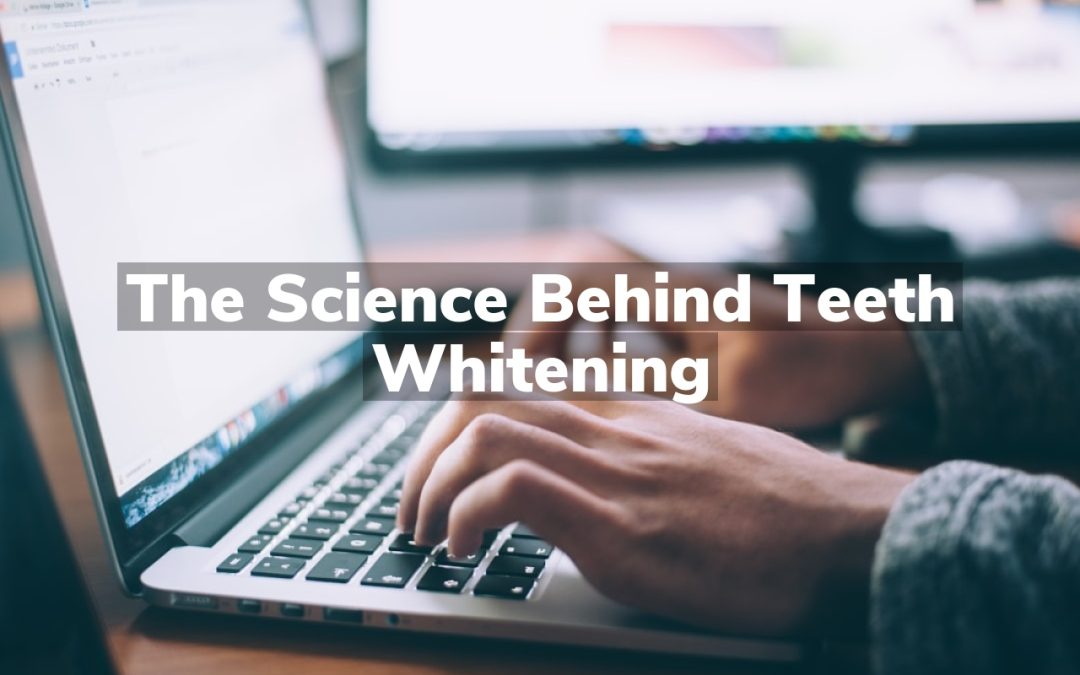Have you ever wondered what makes teeth whitening possible from a scientific perspective? The process involves a chemical reaction that breaks down stains on the teeth, making them appear brighter and whiter. This reaction is carefully controlled to ensure safety and effectiveness, relying on years of dental research and innovation.
The Role of Enamel in Whitening
The process of teeth whitening is deeply intertwined with the condition and characteristics of the tooth enamel. Enamel, the outermost layer of our teeth, acts as the first line of defense against cavities and decay. Its translucent nature and thickness play a pivotal role in the appearance of our teeth. When considering teeth whitening, it’s essential to understand that the effectiveness of any whitening procedure largely depends on the health and integrity of the enamel. Discoloration can occur both on the surface of the enamel and within its deeper layers, affecting how well whitening treatments can restore or enhance the natural brightness of teeth.
Moreover, misconceptions about teeth whitening abound, leading to unrealistic expectations or concerns about the safety and effectiveness of whitening procedures. Addressing these concerns, Common Myths About Teeth Whitening Debunked, provides valuable insights into what truly affects the whitening process and how enamel plays a crucial role. It’s important for individuals to have accurate information to make informed decisions about teeth whitening, considering that the state of one’s enamel can significantly influence the outcome.
Understanding Stain Types and Sources
Teeth discoloration can be attributed to a variety of factors, each affecting the color and overall health of your smile in unique ways. Broadly, these stains can be classified into two categories: intrinsic and extrinsic. Intrinsic stains occur from within the tooth, often due to factors like aging, certain medications, or trauma that affects the inner structure of the tooth, leading to a deeper, often more challenging discoloration. On the other hand, extrinsic stains are surface-level blemishes that result from the consumption of certain foods and beverages (such as coffee, tea, and red wine), tobacco use, and poor oral hygiene practices. Understanding the source of tooth discoloration is crucial in addressing it effectively, as the approach may vary significantly depending on the type of stain and its underlying causes.
The science behind teeth whitening delves into removing or altering these stains to restore or enhance the natural brightness of your smile. While intrinsic stains may require professional assessment and treatment, extrinsic stains are typically targeted with various whitening procedures that aim to lighten or remove these surface blemishes. The effectiveness of these treatments can depend on several factors, including the severity of the stains and their duration. For those looking to explore professional teeth whitening options, Brighten Your Smile in Aurora with Teeth Whitening could be a starting point to achieving a brighter, more confident smile.
How Whitening Agents Interact with Teeth
The science of teeth whitening revolves around the interaction between whitening agents and the tooth’s surface. These agents work by penetrating the porous outer layer of the tooth, known as enamel, to reach discolored molecules within. Through a chemical reaction, these agents break down the bonds that hold the discoloration together, effectively dispersing the molecules and lightening the overall appearance of the teeth. This process is carefully designed to target only the unwanted stains, aiming to improve the brightness of one’s smile without altering the natural structure of the teeth.
The Impact of Saliva on Whitening
Saliva plays a crucial role in the process of teeth whitening, acting as a natural defense mechanism for our oral health. Its composition, which includes various enzymes and minerals, can affect the efficacy of whitening treatments by influencing the chemical reactions involved. Saliva’s primary function is to neutralize acids in the mouth, which helps in protecting the enamel from erosion. However, this same protective quality can also dilute the whitening agents applied to the teeth, potentially impacting the overall effectiveness of the treatment. Understanding the balance between saliva’s protective properties and its interaction with whitening processes is essential for achieving optimal results. For those looking to explore their options for a brighter smile, Aurora Dentist at Aurora Family Dentistry can provide professional guidance.
Biological Limits of Teeth Whitening
Understanding the biological limits of teeth whitening is crucial for setting realistic expectations. The natural color of one’s teeth is determined by the dentin layer beneath the enamel, and this intrinsic color can vary significantly from person to person. While teeth whitening procedures aim to remove external stains and lighten the enamel, there is a natural limit to how much the enamel can be lightened. This limit is inherently tied to an individual’s dental anatomy and the original shade of their dentin. It’s important to recognize that everyone’s teeth respond differently to whitening treatments due to these biological factors, and there is a threshold beyond which teeth cannot be lightened further without potentially compromising dental health.
Conclusion
For more insights, call us at (303) 364-4322 or read reviews on Google Maps.

